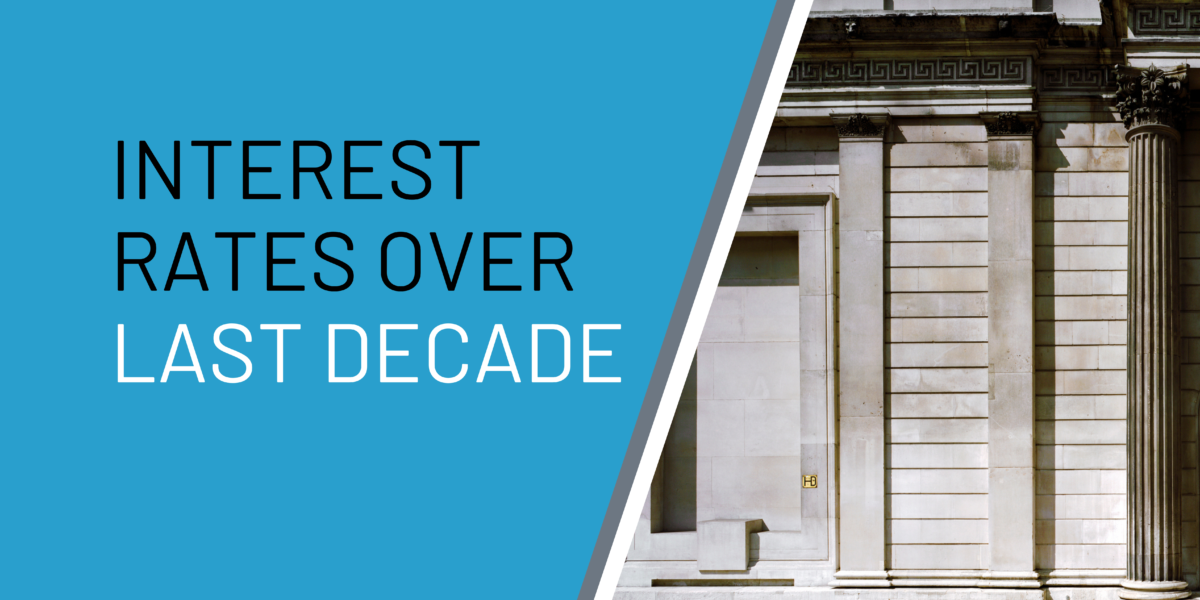The Bank of England’s base interest rate has seen significant fluctuations over the past decade, reflecting broader economic challenges and policy shifts.
Post-Financial Crisis Stability (2014-2016)
Between 2014 and 2016, the base rate remained stable at 0.5%, a historically low level set after the 2008 financial crisis. The aim was to encourage borrowing and investment while supporting economic recovery.
Brexit Uncertainty and Rate Cuts (2016-2017)
Following the Brexit referendum in 2016, economic uncertainty prompted the Bank of England to cut the base rate to 0.25% to prevent a slowdown. However, by late 2017, as inflation concerns grew, the rate was increased back to 0.5%.
Gradual Increases Before COVID-19 (2018-2019)
In 2018, the rate rose to 0.75%, the highest since the financial crisis, as the economy showed signs of steady growth. This level remained until early 2020 when the COVID-19 pandemic caused economic turmoil.
Emergency Cuts and Record Lows (2020-2021)
In response to the pandemic, the Bank of England slashed interest rates to 0.1%—the lowest in history—to support households and businesses during lockdowns.
Sharp Rises Amid Inflation (2022-2023)
As inflation surged in 2022 due to supply chain disruptions and rising energy costs, the Bank raised rates aggressively, reaching 5.25% by mid-2023, the highest in 15 years.
Recent Trends (2024-Present)
In 2024, with inflation stabilising, rates have started to ease. The latest decision lowered the base rate to 4.5%, offering some relief to borrowers.

